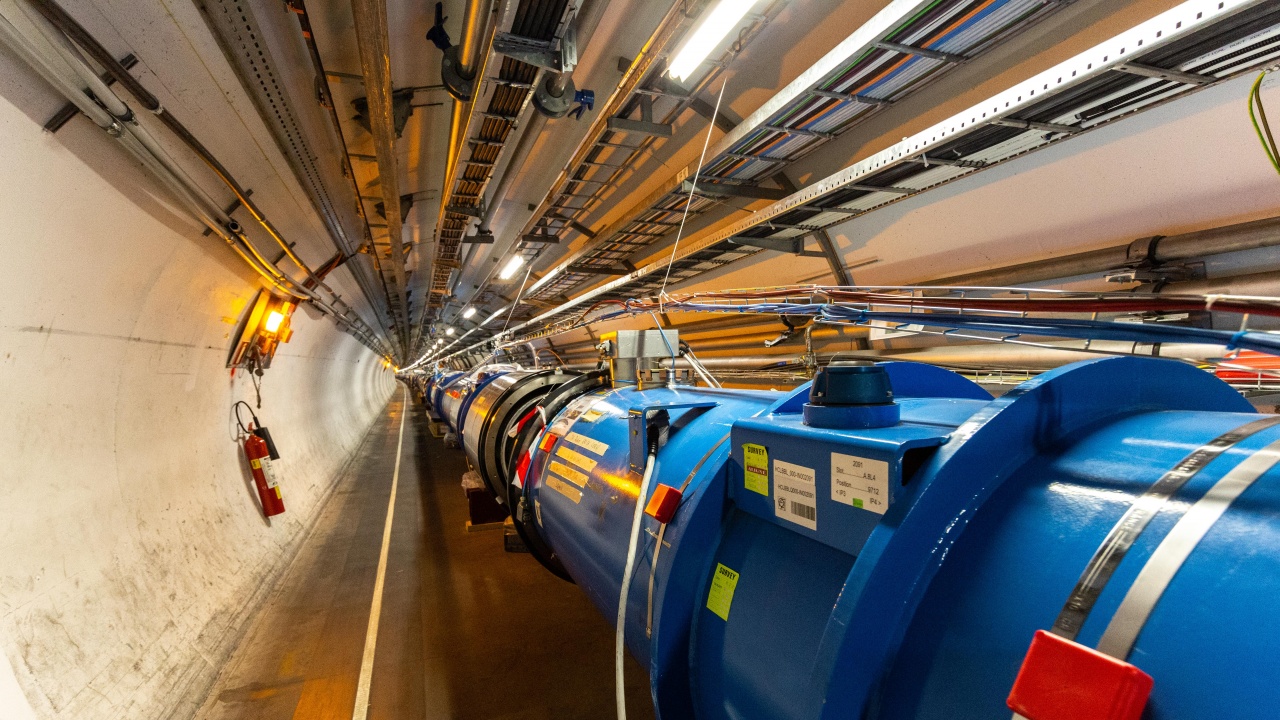Listen to the news
Ten years after physicists discovered the Higgs boson, the ATLAS and CMS international experiments at the Large Hadron Collider (LHC) at CERN have announced the results of their most comprehensive investigations yet into the properties of this unique particle. Independent studies published in two papers in the authoritative journal Nature today show that the particle discovered at CERN on July 4, 2012, is remarkably consistent with the Higgs boson predicted by the Standard Model of particle physics. Studies also show that the particle is increasingly becoming a powerful tool for searching for new, unknown phenomena that, if discovered, could help clarify some of physics' biggest mysteries, such as the nature of dark matter in the universe. , stated in a press release from CERN.
The Higgs boson is a particle that is a manifestation of an all-pervading quantum field known as the Higgs field and is central to describing the universe as we know it.
Without this field, elementary particles such as quarks and electrons, as well as heavy particles (W-bosons), which are carriers of the forces that initiate the nuclear reaction that powers the Sun, would have no mass, CERN said.
To explore the full potential of LHC data for studying the Higgs boson, including interactions with other particles, the ATLAS and CMS experiments combine multiple complementary processes by which the Higgs boson is produced and "decays" into other particles.
The two projects are conducting experiments at the Large Hadron Collider (LHC), the world's largest particle accelerator, analyzing data from more than 10,000 trillion proton collisions and about 8 million Higgs bosons - 30 times more than at the time of the particle's discovery.
With this unprecedented number and variety of Higgs production and decay processes, the most accurate and detailed set of measurements to date of the particle and its interactions with other particles has been obtained.
All measurements are in remarkable agreement with Standard Model predictions, CERN's press release states.
"Delineating such a portrait of the Higgs boson so soon was unthinkable before the LHC," said CMS spokesman Luca Malgeri.
CERN will end cooperation with Russia and Belarus
The new combined analyzes provide, among other new results, tight limits on the interaction of the Higgs boson with itself, and also on new, unknown phenomena beyond the Standard Model, such as the decay of the Higgs boson into invisible particles that may make up the dark matter.
The work of the teams of both projects on the nature of the Higgs boson will continue with the help of the data from the third run of the LHC, which starts tomorrow with unprecedented acceleration values, and from the collider (HL-LHC) from 2029. With about 18 million Higgs bosons, which are expected to be produced in every experiment of the third cycle and about 180 million from the HL-LHC, scientists at CERN expect to observe some of the interactions of the Higgs boson with the lighter particles of matter and obtain the first significant evidence for the interaction of the boson with itself.
Tomorrow's launch of the Large Hadron Collider at CERN is expected to achieve remarkable acceleration power, CERN executives announced at a press conference.
The accelerator is expected to achieve 99.9 percent of the speed of light and 1.6 billion proton collisions per second, said Mike Lamont, director of accelerators and technology at CERN, quoted by BTA.
CERN
